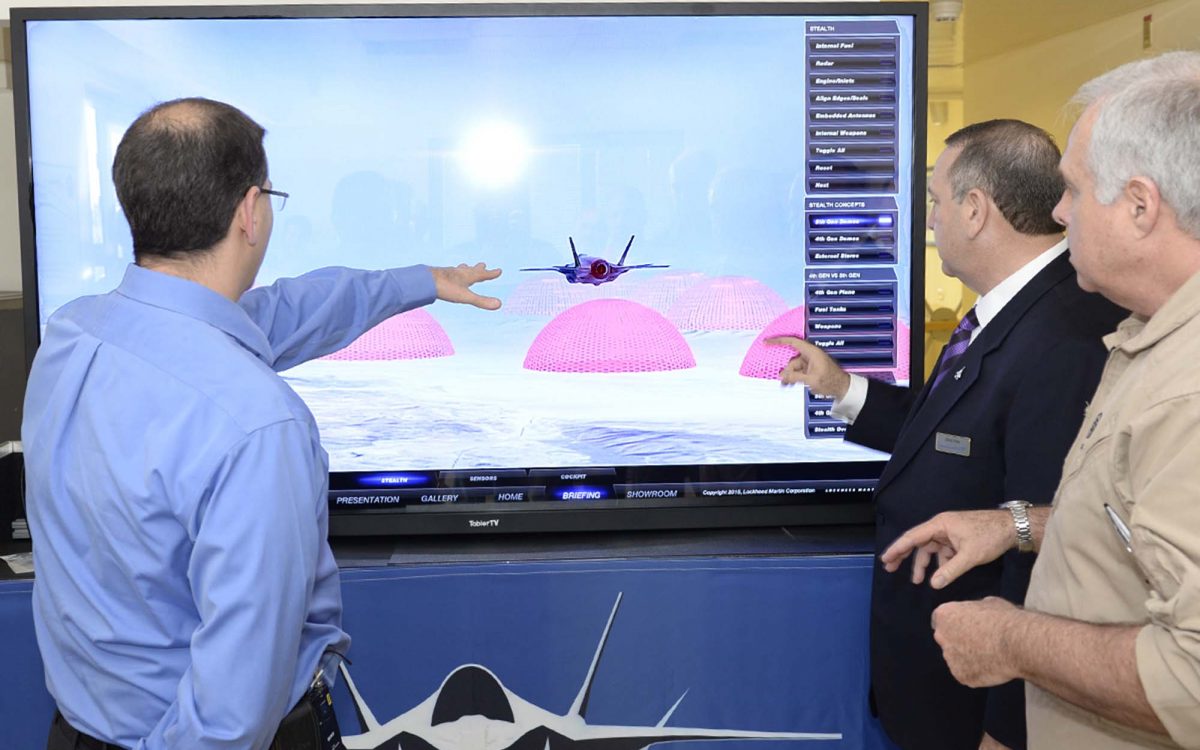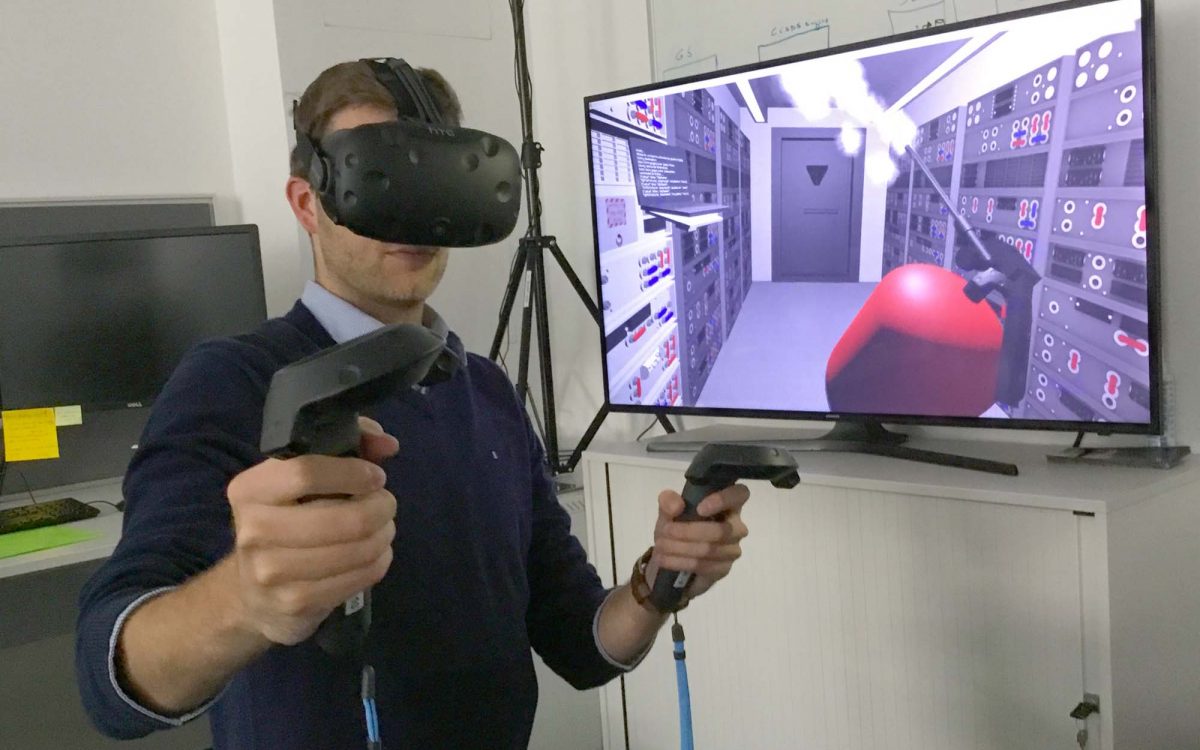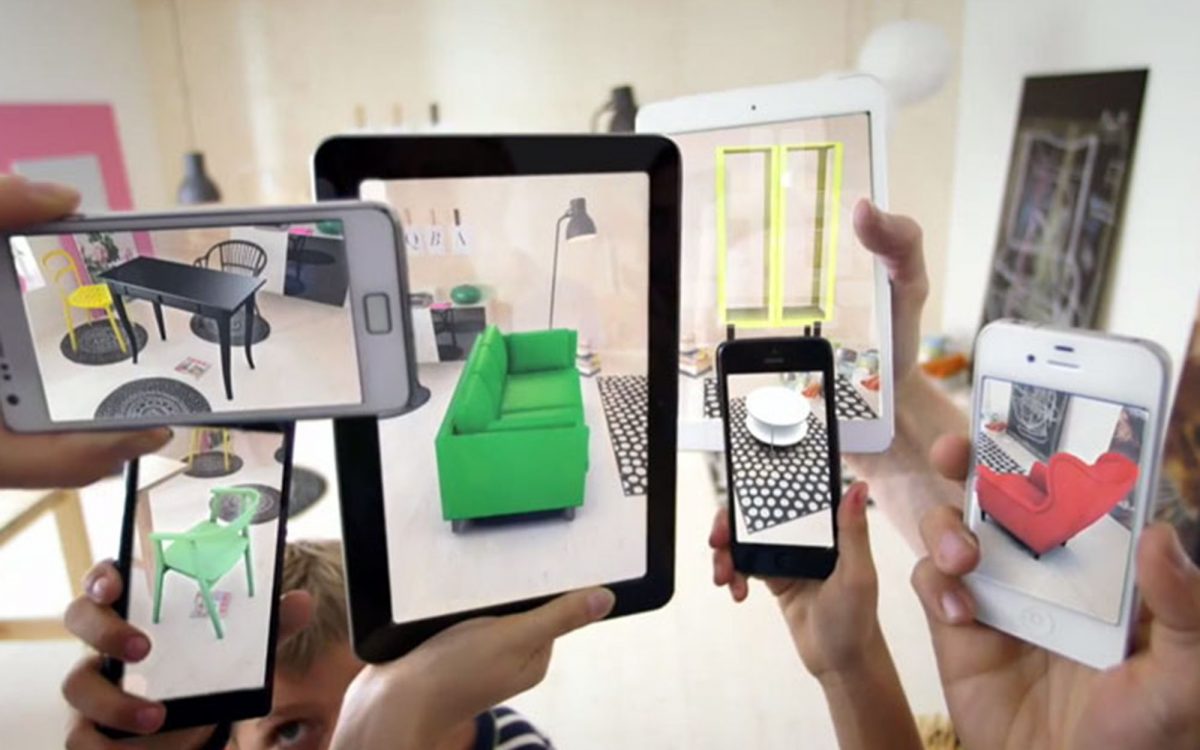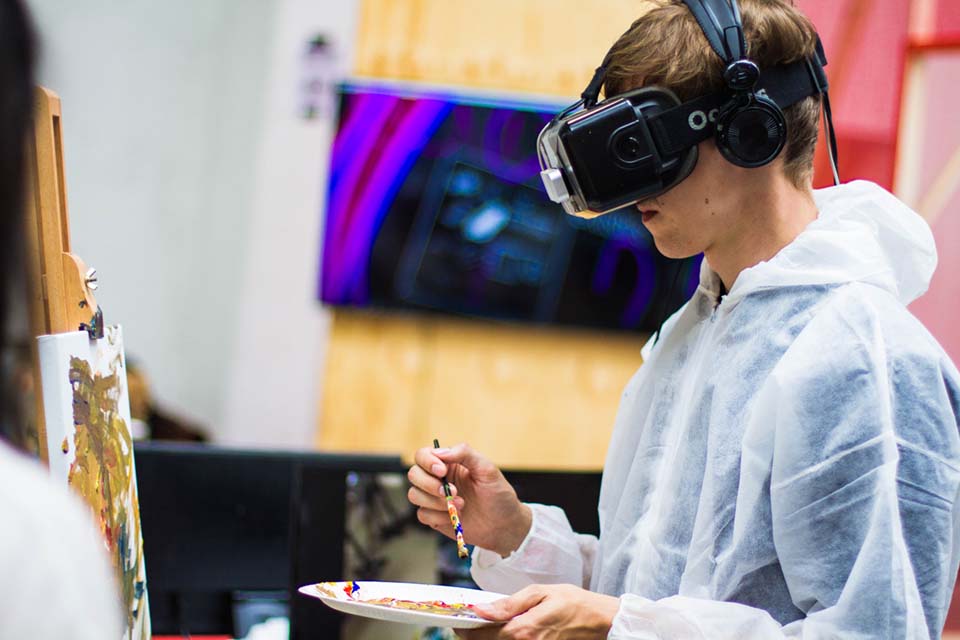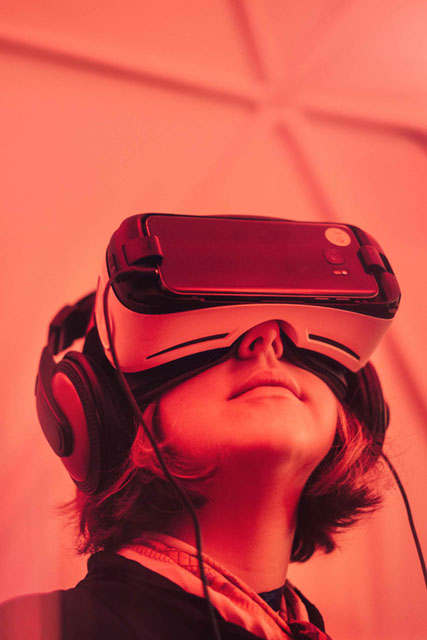
History
The View-Master and the first stereoscopic photo viewers were introduced in the late 1930s.
The 1950s brought us the Sensorama, designed to simulate most of the human senses. The '60s presented the first motion-tracked head-mounted devices.
In 1987 the term Virtual Reality was coined.
Along with all the stylish clothes, the '90s brought us VR arcades and VR devices from major companies such as Sega and Nintendo.
Recently, VR has benefited greatly from increased processing power, mobile graphics processing, and high resolution displays.
Today VR is a combination of technologies that strive to replace our senses with a whole new reality. Even with all the advancement through the years, VR is still in its infancy.
The ultimate goal is to create environments indistinguishable from reality. While we still have a way to go, we can get close enough now that with a little suspension of disbelief, we can provide experiences that immerse people into environments that once only existed in our imagination.
There are many levels of VR experience on the market today. They all vary in features, immersiveness and cost. The features and immersiveness available increase as the price increases.
The 1950s brought us the Sensorama, designed to simulate most of the human senses. The '60s presented the first motion-tracked head-mounted devices.
In 1987 the term Virtual Reality was coined.
Along with all the stylish clothes, the '90s brought us VR arcades and VR devices from major companies such as Sega and Nintendo.
Recently, VR has benefited greatly from increased processing power, mobile graphics processing, and high resolution displays.
Today VR is a combination of technologies that strive to replace our senses with a whole new reality. Even with all the advancement through the years, VR is still in its infancy.
The ultimate goal is to create environments indistinguishable from reality. While we still have a way to go, we can get close enough now that with a little suspension of disbelief, we can provide experiences that immerse people into environments that once only existed in our imagination.
There are many levels of VR experience on the market today. They all vary in features, immersiveness and cost. The features and immersiveness available increase as the price increases.
